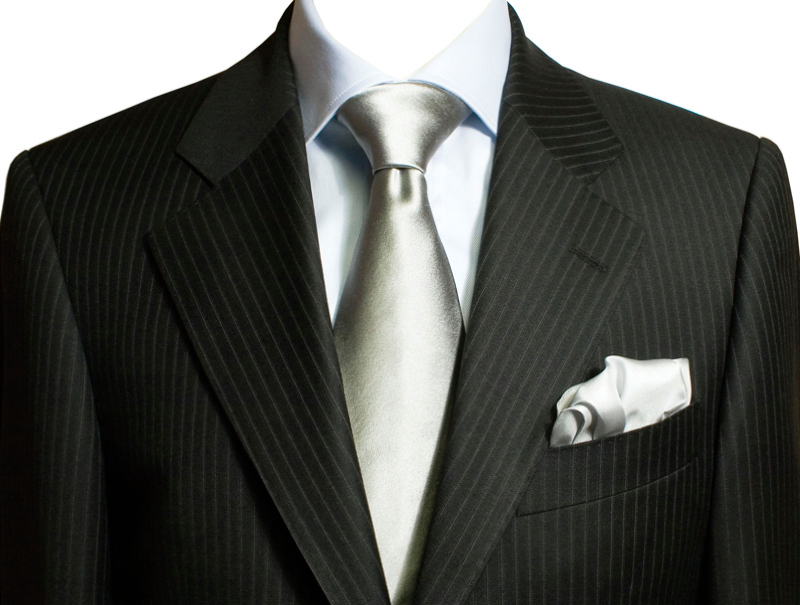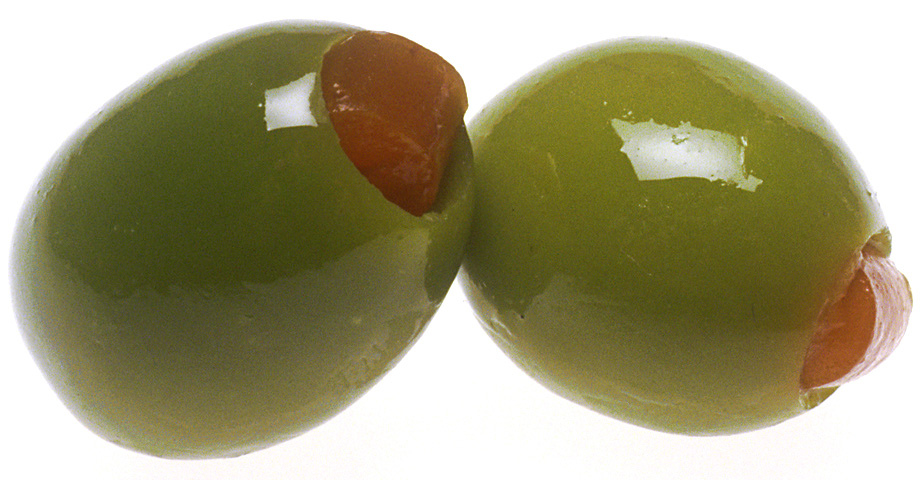|
Boilersuit
A boilersuit (or boiler suit), also known as coveralls, is a loose fitting garment covering the whole body except for the head, hands and feet. Terminology The term ''boilersuit'' is most common in the UK, where the 2023 edition of the ''Oxford English Dictionary'' lists the word as having been first used on 31 July 1883 in the ''Liverpool Mercury'' newspaper. The garments are typically known as ''coveralls'' in North America, while ''overall(s)'' is used elsewhere. In North America, "overall" is more usually understood as a Overall, bib-and-brace overall, which is a type of trousers with attached suspenders. A more tight-fitting garment that is otherwise similar to a boilersuit is usually called a jumpsuit. The "siren suit" favoured by Winston Churchill (but also worn by many others in the UK when air raids were a threat) during the Second World War was closely similar to a boilersuit. Description A boilersuit is a one-piece garment with full-length sleeves and legs lik ... [...More Info...] [...Related Items...] OR: [Wikipedia] [Google] [Baidu] |
Overall
Overalls or bib-and-brace overalls, also called dungarees in British English, are a type of garment usually used as protective clothing when working. The garments are commonly referred to as a "pair of overalls" by analogy with "pair of trousers". Overalls were originally made of denim, but they can also be made of other materials such as corduroy, chino cloth, or leather. Overalls were invented in the mid to late 1890s by Grace Howard and Jacob W. Davis at Levi Strauss & Co., but they went through an evolution to reach their modern form. Initially created to serve as protective clothing during physically demanding work, they have since also become a fashion garment. Many high-fashion brands have released their own spin on overalls. Today, overalls can still be found in some workplaces, while also being worn casually by all kinds of people. History Beginnings The exact beginnings of the wearing of overalls are unclear, but they are mentioned in literature as early as 1 ... [...More Info...] [...Related Items...] OR: [Wikipedia] [Google] [Baidu] |
Siren Suit
The siren suit is a one-piece garment for the whole body which can easily be put on or taken off, originally designed for use on the way to, and in, air-raid shelters. The suit solved the problems of warmth and modesty encountered when seeking shelter during nighttime Strategic bombing, air raids in the United Kingdom during World War II. It was roomy and could be put on over night clothes quickly when an imminent air raid was announced by the siren (noisemaker), sirens. The suit was worn by both children and adults when sheltering in either back garden or public shelters. History Similar in style to boilersuits worn by many workers, including mechanics, bricklayers, and tank crews to protect their standard clothing, the siren suit was invented by Winston Churchill as an original leisure suit in the 1930s. He played a large part in popularising it as an item of clothing during World War II, wearing it regularly, including when meeting other important people, such as U.S. Preside ... [...More Info...] [...Related Items...] OR: [Wikipedia] [Google] [Baidu] |
Jacket Lapel
A lapel ( ) is a folded flap of cloth on the front of a jacket or coat below the collar. It is most commonly found on formal clothing and suit jackets. Usually it is formed by folding over the front edge of the jacket or coat and sewing it to the collar, an extra piece of fabric around the back of the neck. There are three basic forms of lapel: notched, peaked, and shawl. The notched lapel, the most common, is usually seen on business suits, and on more casual jackets like blazers and sport coats. The peaked lapel is more formal, and nearly always used on double-breasted jackets, but also frequently appears on single breasted ones.Flusser (2002). p. 85 The shawl lapel is usually carried by tuxedos and mess jackets.Antongiavanni (2006). p. 172 Types Notched The notched lapel (American English), step lapel or step collar (British English) is sewn to the collar at an angle, creating a step effect. This is the standard on single-breasted suits, and is used on nearly all sui ... [...More Info...] [...Related Items...] OR: [Wikipedia] [Google] [Baidu] |
US Marine Corps
The United States Marine Corps (USMC), also referred to as the United States Marines or simply the Marines, is the Marines, maritime land force service branch of the United States Department of Defense. It is responsible for conducting expeditionary warfare, expeditionary and amphibious operations through combined arms, implementing its own infantry, artillery, Aerial warfare, aerial, and special operations forces. The U.S. Marine Corps is one of the six United States Armed Forces, armed forces of the United States and one of the eight uniformed services of the United States. The Marine Corps has been part of the United States Department of the Navy since 30 June 1834 with its sister service, the United States Navy. The USMC operates List of United States Marine Corps installations, installations on land and aboard sea-going amphibious warfare ships around the world. Additionally, several of the Marines' tactical Naval aviation, aviation squadrons, primarily Marine Fighter Att ... [...More Info...] [...Related Items...] OR: [Wikipedia] [Google] [Baidu] |
US Army
The United States Army (USA) is the primary land service branch of the United States Department of Defense. It is designated as the Army of the United States in the United States Constitution.Article II, section 2, clause 1 of the United States Constitution (1789).See alsTitle 10, Subtitle B, Chapter 301, Section 3001 It operates under the authority, direction, and control of the United States secretary of defense. It is one of the six armed forces and one of the eight uniformed services of the United States. The Army is the most senior branch in order of precedence amongst the armed services. It has its roots in the Continental Army, formed on 14 June 1775 to fight against the British for independence during the American Revolutionary War (1775–1783). After the Revolutionary War, the Congress of the Confederation created the United States Army on 3 June 1784 to replace the disbanded Continental Army.Library of CongressJournals of the Continental Congress, Volume 27/ref> Th ... [...More Info...] [...Related Items...] OR: [Wikipedia] [Google] [Baidu] |
Armoured Fighting Vehicles
An armoured fighting vehicle (British English) or armored fighting vehicle (American English) (AFV) is an armed combat vehicle protected by vehicle armour, armour, generally combining operational mobility with Offensive (military), offensive and defense (military), defensive capabilities. AFVs can be wheeled or Continuous track, tracked. Examples of AFVs are tanks, armored car (military), armoured cars, assault guns, Self-propelled artillery, self-propelled artilleries, infantry fighting vehicles (IFV), and armoured personnel carriers (APC). Armoured fighting vehicles are classified according to their characteristics and intended role on the battlefield. The classifications are not absolute; two countries may classify the same vehicle differently, and the criteria change over time. For example, relatively lightly armed armoured personnel carriers were largely superseded by infantry fighting vehicles with much heavier armament in a similar role. Successful designs are often ada ... [...More Info...] [...Related Items...] OR: [Wikipedia] [Google] [Baidu] |
Tan (color)
Tan is a pale tone of brown. The name is derived from tannum (oak bark) used in the tanning of leather. The first recorded use of ''tan'' as a color name in English was in the year 1590. Colors which are similar or may be considered synonymous to tan include: tawny, tenné, and fulvous. __TOC__ Variations of tan Sandy tan Displayed at right is the color ''Sandy tan''. This color was formulated by Crayola in 2000 as a Crayola marker color. Tan (Crayola) Displayed at right is the orangish tone of tan called ''tan'' since 1958 in Crayola crayons and 1990 in Crayola markers. Windsor tan Displayed at right is the color ''Windsor tan''. The first recorded use of ''Windsor tan'' as a color name in English was in 1925. Tuscan tan Displayed at right is the color ''Tuscan tan''. The first recorded use of ''Tuscan tan'' as a color name in English was in 1926. The normalized color coordinates for Tuscan tan are identical to café au lait and French beige, whi ... [...More Info...] [...Related Items...] OR: [Wikipedia] [Google] [Baidu] |
Bundespolizei Einsatzoverall 2
{{Disambiguation ...
is German for "Federal Police" and may refer to: *Federal Police (Germany) *Federal Police (Austria) The Federal Police (, ) is the national and principal law enforcement agency of Austria. History In 2005, the Federal Police replaced the Austrian Federal Gendarmerie, which policed most of the country, and the ''Polizei'' which policed Austri ... [...More Info...] [...Related Items...] OR: [Wikipedia] [Google] [Baidu] |
Olive Drab
Olive is a dark yellowish-green color, like that of unripe or green olives. As a color word in the English language, it appears in late Middle English. Variations Olivine Olivine is the typical color of the mineral olivine. The first recorded use of ''olivine'' as a color name in English was in 1912. Olive drab Olive drab is variously described as a "A brownish-green colour" (''Oxford English Dictionary'');" Olive Drab, N." Oxford English Dictionary, Oxford UP, July 2023. "a shade of greenish-brown" (''Webster's New World Dictionary''); "a dark gray-green" (''MacMillan English dictionary''); "a grayish olive to dark olive brown or olive gray" (''American Heritage Dictionary''); or "A dull but fairly strong gray-green color" (''Collins English Dictionary''). It is widely used as a camouflage color for uniforms and equipment in the armed forces. The first recorded use of ''olive drab'' as a color name in English was in 1892. Drab is an older color name, from the mid ... [...More Info...] [...Related Items...] OR: [Wikipedia] [Google] [Baidu] |
Nomex
Nomex is a trademarked term for an inherently flame-resistant fabric with meta-aramid chemistry widely used for industrial applications and fire protection equipment. It was developed in the early 1960s by DuPont and first marketed in 1967. The fabric is often combined with Kevlar to increase its resistance for breakage or tear. Properties Nomex and related aramid polymers are related to nylon, but have aromatic backbones, and hence are more rigid and more durable. Nomex is an example of a '' meta'' variant of the aramids (Kevlar is a '' para'' aramid). Unlike Kevlar, Nomex strands cannot align during filament polymerization and have less strength: its ultimate tensile strength is . However, it has excellent thermal, chemical, and radiation resistance for a polymer material. It can withstand temperatures of up to . Production Nomex is produced by condensation reaction from the monomers ''m''-phenylenediamine and isophthaloyl chloride. It is sold in both fiber and s ... [...More Info...] [...Related Items...] OR: [Wikipedia] [Google] [Baidu] |






